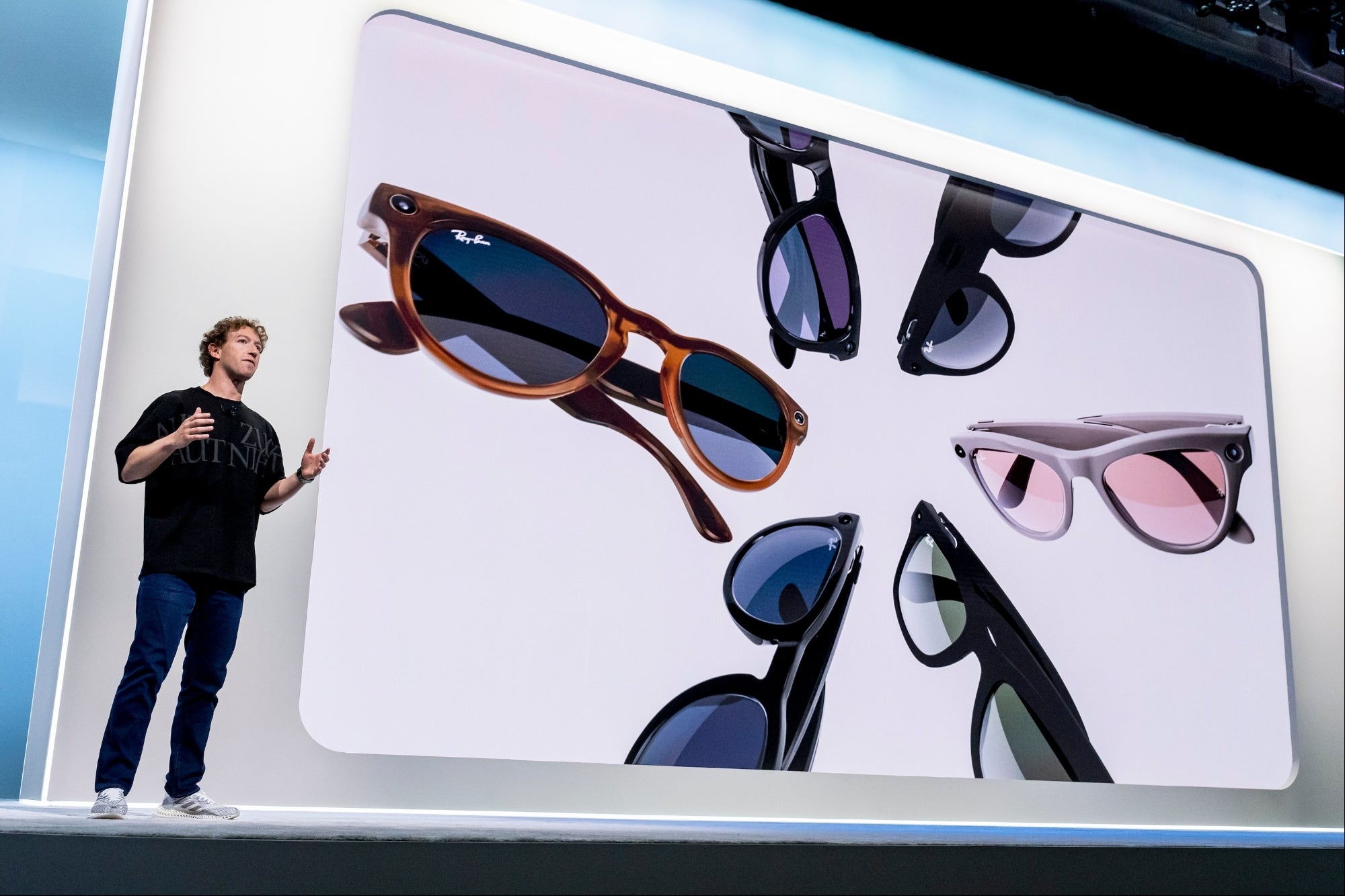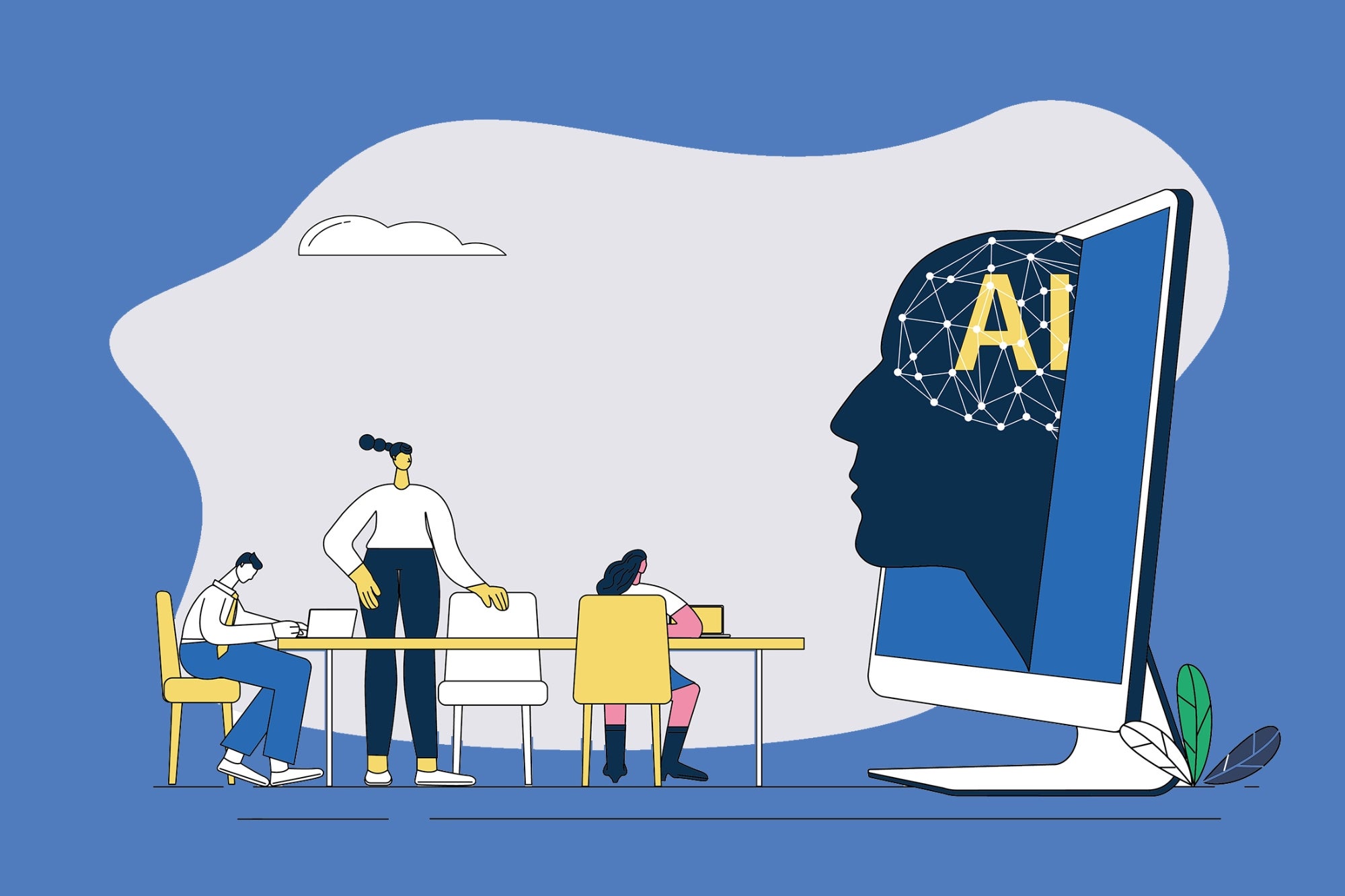Monetize Before You Launch: One BIZ Experiences's Lessons Learned Solve a simple problem for early adopters to pre-sell your product.
Opinions expressed by BIZ Experiences contributors are their own.
At age 6, I convinced my neighbor, another 6-year-old, that we could become millionaires before we were 18. ("Think about your education," I told her. I was a tad precocious.). We'd enter a proven market (making popcorn balls. They are delicious). We'd use a direct sales model (going door-to-door on our street). We were poised for success.
Except we weren't. The treats didn't sell and I ended up giving them away for free. It would be years until I realized I'd made a classic BIZ Experiencesial mistake: I didn't understand my market or how to monetize a product people would pay for.
There's a misconception that it's easier to sell a tangible good. It's not. It is, however, easier to sell people on meeting their needs.
Back in 2010, I started to work on my second startup BizeeBee, and I was pretty adamant about having customers before launch day. Having talked to prospective customers (independent yoga studio owners), I knew what was important to them, namely getting students to come back and getting paid on time. Studio owners weren't looking for bells and whistles. They wanted something simple so they didn't waste time learning a new system or training employees. They wanted a push button experience.
A month before we launched I contacted some of the prospects and told them how the software would get them paid on time and encourage return customers. If they committed before launch, they could get a deal: $27/month. 3 people took me up on my offer.
There was no tangible good they could hold in their hands. But pre-pay worked here because:
1. I had taken the time to understand what was most important to them: getting students to come back, getting paid on time, and have a simple product.
2. I only spoke about the product's benefits in terms of what was important to them: retention, revenue and simplicity.
3. No one received a free trial or demo, I just walked them through the experience. I told them what they'd need to do to get started. Getting people to pay for the service demonstrated who was really going to value it. Giving it away just defers rejection.
When you take the time to understand a specific market's needs, and what it would be willing to pay for, you don't need to put a product in front of them. Instead you can focus on a few key benefits that appeal to that person's specific market. This market will likely comprise early adopters. If you deliver for them, they'll evangelize you to the mainstream.
You'll note that when I launched, I made it clear that my product was only for independent yoga studio owners. People who owned multiple studios or franchises wouldn't benefit from the product, because I know those folks needed more, much more. They wanted to be able to do payroll for their staff, and track the profitability of each location. It would be hard for my team of 4 to build all those features into our initial prototype. We focused instead on a tool that helped them take attendance, track memberships and send payment reminders.
Now it's your turn. If you haven't monetized your product yet ask yourself the following questions:
1. Am I trying to appeal to too many customer segments?
2. Am I trying to sell features instead of benefits?
3. Do I know what the common needs of a particular customer segment are?
4. Can I focus on just building for that particular customer segment first?
5. Can I craft a marketing message that conveys the benefits of my product to that particular customer segment?
6. Has that particular customer segment expressed a willingness and ability to pay for my product?
Has your launch plan worked? Why or why not? Tell me what's challenging you in the comments. Or tweet at me directly: @poornima











